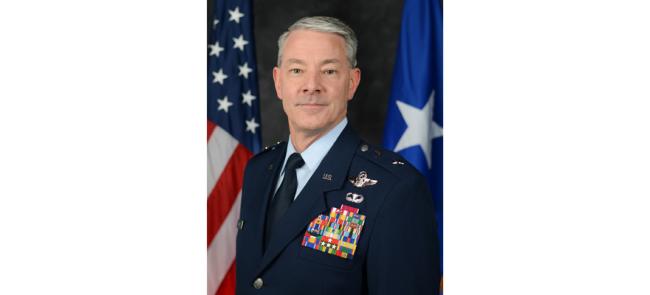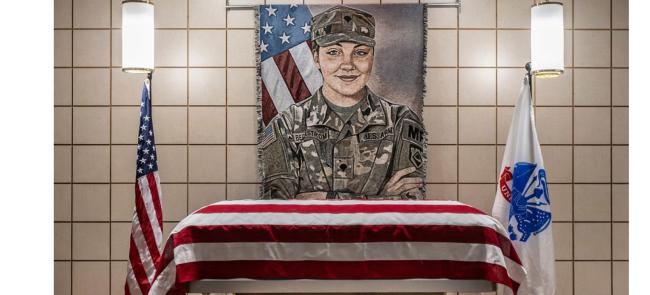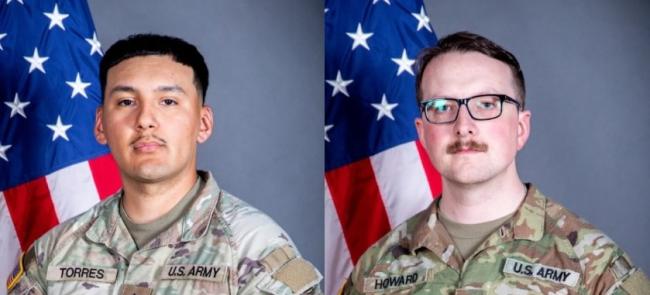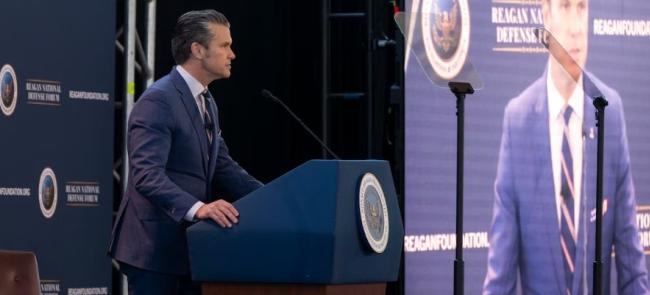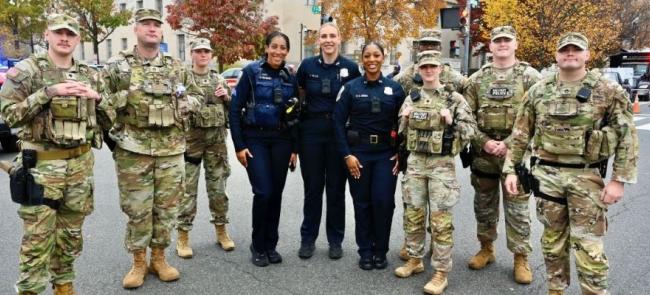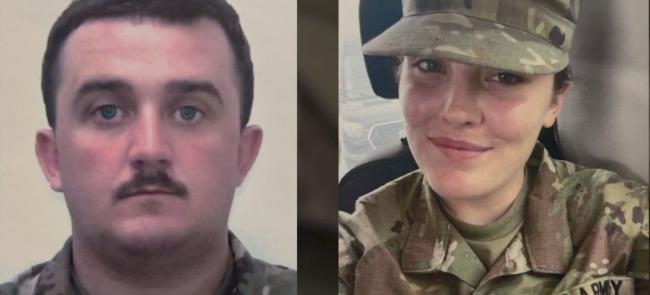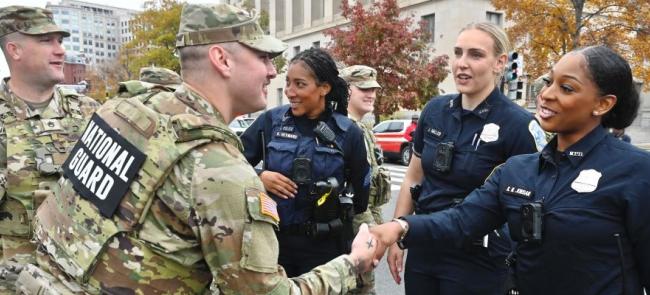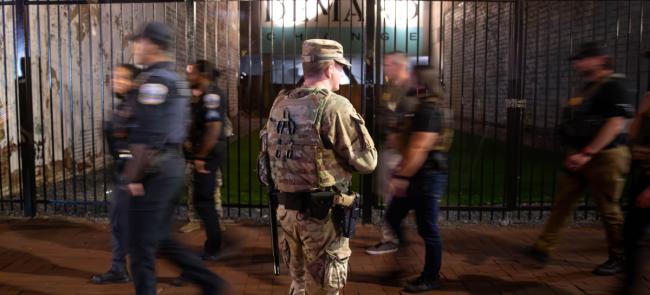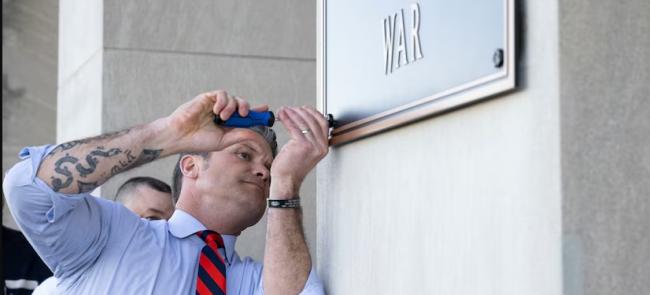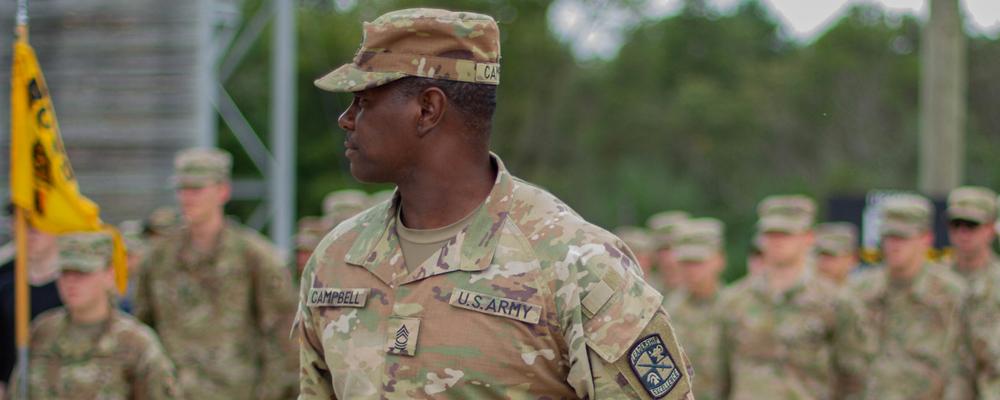
The Army general who oversees the nation’s ROTC programs said National Guard soldiers play a vital role in their success.
Maj. Gen. John Evans Jr., commander of U.S. Army Cadet Command, said Guardsmen completely staff 14 ROTC programs nationwide. Because of that support, some programs that had been deactivated have been brought back online.
“Army ROTC could not exist without the National Guard,” the general told NGAUS during the AUSA Annual Meeting in Washington, D.C. “We rely on the Guard to provide everything from weapons that we use during training to transportation to get us to and from training events to armories and training areas that are controlled by the Guard so we can train.”
But while the partnership between the Guard and Cadet Command is strong, Evans said ROTC programs fell short of their goal when it came to commissioning National Guard officers.
“We came a little short of the Guard mission this year, which is disappointing. That was a function of not having enough cadets commissioned. We’ve been ramping up our commissioning mission over the last three years to get to 6,000,” he said. “This year we had some late attrition, whether it was cadets getting injured and no longer being medically qualified, or through self-attrition or they didn’t finish their course work on time.”
Going forward, the general said he wants to continue working to bring the number of commissioning cadets up to 6,000 and work with state adjutants general to ensure no freshly commissioned officer “falls through the cracks” while transitioning from Cadet Command to their Guard units.
“I shot a note over to the director of the National Guard to tell him we are going to work to find better ways to get at that,” he said. “I came in and I said I really want to focus on the fact that we’re not conducting this link-up between Guard lieutenants and their receiving units very well, we need to do better there. We’re kind of commissioning them and saying ‘congratulations, great job, good luck at your Guard unit’ and we’re really not doing that good warm handshake.
“We put some processes in place with closeout reports and other things that allow us to do that. It’s very easy if you’re not an active-duty lieutenant to go off and do your own thing and nobody calls you and you don’t think about it and suddenly people are wondering, ‘Where is this lieutenant that’s supposed to be assigned to us?’”

